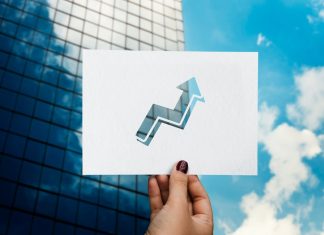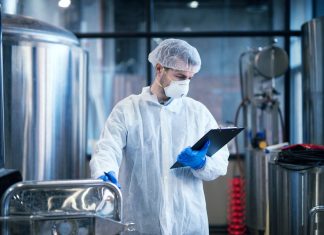On Wednesday, May 18, during the XXIX Russian Pharmaceutical Forum named after N. A. Semashko, Dmitry Borisov, Polysan’s CEO, spoke about the company’s innovative development strategy. According to him, in 2021 Polysan started working not only on the domestic market, but also abroad.
“During the year we held about 50 meetings and considered about 50 drug products. Some of them even had permits for clinical trials. From all the drugs we reviewed, we took five for a deeper assessment, and two reached the partner project, with a total of 20 medicines with permits for clinical trials,” Borisov said.
As he stressed, Polysan’s main strategy is still the development of original LP, patented molecules and compositions, with their further market launch.
“To date, we have four different products in different stages of registration, and we are planning to bring two drugs to the clinical trials phase next year. This is a challenging business, it takes a long time and is not immune from failures. I can say that over the past five years, two of our products in the second phase have shown low efficiency, and we have closed those projects,” the company’s CEO said.
Polysan is currently actively launching medicines in foreign markets; it also has plans to enter the Indonesian market.
“How are Russian companies’ budgets for clinical trials different from those of our foreign partners? We invest a billion-dollar budget here and then launch the product in this market, start working, but when we go to Vietnam, a different clinical trial is held, and yet another one for Indonesia, and another one for Chile. I do understand why international companies export to 60 markets at once. I think that no Russian company has such resources, and we have to hold our launches in a succession. We have passed that way, we are passing it now and we will continue to do so, because the markets are interesting, and the conditions in the markets are clear. I believe that it is necessary to reinforce the combined practice of the second and third phases, because according to our practical observation, products that pass the second phase also pass the third one in 96% of cases, and that takes another year and a half and costs 100 million,” Borisov summed up.




